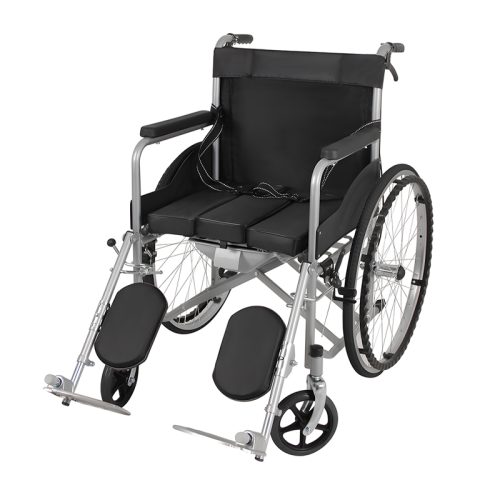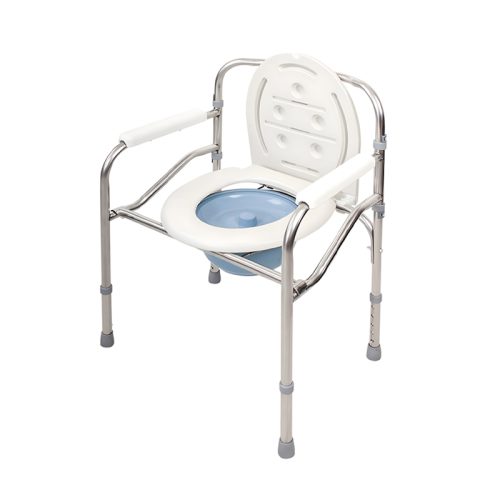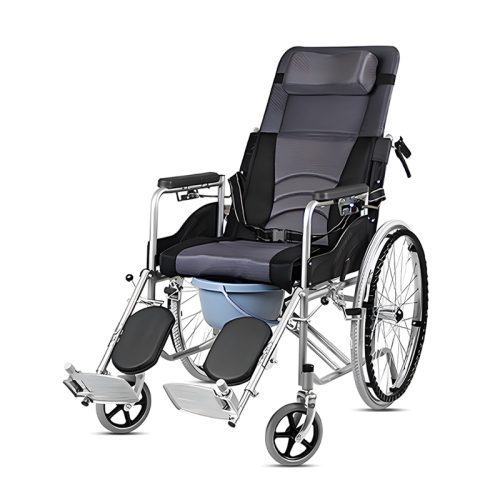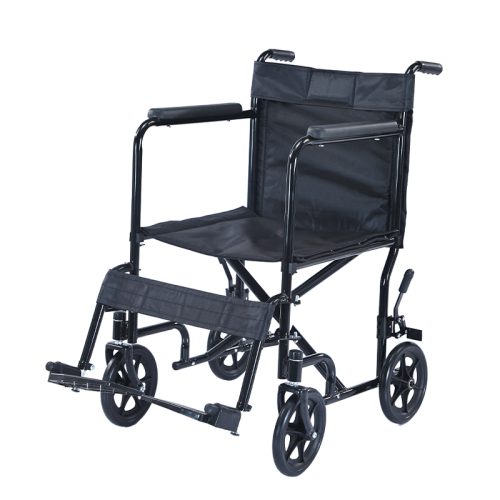
- Wheelchair
DRC Wheelchair Market Demand Drivers 2025: Strategic Insights for Medical Equipment Distributors
- By kelingmedical
1. Aging Population: A Catalyst for Wheelchair Demand
Demographic Shifts
The number of people over the age of 65 is expected to reach 4.2 million by 2025 which will represent 6.8% of the total population, according to World Bank projections that show an increase from 3.5 million in 2020.
23% of elderly people experience mobility restrictions due to conditions such as arthritis and stroke-related disabilities.
Market Implications
The market demand for geriatric-friendly wheelchairs with pressure-relief seating and easy-transfer mechanisms grows by 18% each year.
Kinshasa and Lubumbashi generate urban demand for mid-range and premium wheelchair models because they have 32% and 15% elderly populations respectively.
2. National Health Insurance Expansion
Coverage Progress
34% of DRC’s population now receives coverage under the Couverture Sanitaire Universelle (CSU) as opposed to 12% in 2020.
CSU provides between 50% to 70% financial support for manual wheelchair expenses to its enrolled patients which enhances their affordability.
Strategic Opportunities
Public hospitals procure 55% of their wheelchairs through partnerships with the CSU.
The selected wheelchair models were priced between $90–$160 to match the reimbursement limits set by the CSU.
3. Disability Infrastructure Development
Key Initiatives
The National Disability Act (2023) requires that all public buildings in provincial capitals become wheelchair-accessible by the year 2027.
Since 2022 the introduction of 28 new Rehabilitation Centers has produced a need for more than 6,000 wheelchairs each year.
Supply Chain Implications
Rural infrastructure projects require heavy-duty wheelchairs equipped with all-terrain wheels.
Organizations such as Light for the World partner with companies to deliver 40% of infrastructure-related orders.
4. Market Challenges & Mitigation Strategies
Logistical Barriers
The Matadi Port serves as the entry point for 60% of imports and experienced average clearance delays of 18 days during 2024.
Keeping 4–6 months of inventory in bonded warehouses located in Kinshasa presents an effective solution.
Regulatory Compliance
Disability devices such as wheelchairs require certification according to the DRC’s Normes Techniques pour Dispositifs Médicaux (NTDM) standards.
Full product registration requires a timeline of 8 to 10 months.
Competitive Landscape
Most local distributors serve only their specific regions and lack sufficient technical knowledge about assistive devices.
Use product training and after-sales support as key market differentiators.
5. 2025–2030 Growth Projections
The total annual demand for wheelchairs will reach 41,000 units by 2030 which represents a 46% increase since 2025.
Urban infrastructure improvements drive an expected 11% compound annual growth rate in electric wheelchair sales.
Conclusion
Demographic changes combined with health policy modernizations and infrastructural developments make the DRC an attractive market for distributors of wheelchairs. Companies must adapt their product ranges to fit CSU reimbursement criteria while preparing for compliance and building ties with infrastructure developers. By 2030 proactive distributors that respond to the market drivers will lead the DRC’s $15 million+ wheelchair industry.
FAQ Section
Q1: What effect does an aging population have on the specifications for wheelchairs in the DRC? A: The most sought-after features in wheelchairs by seniors are frames that weigh less than 15kg and cushions designed to relieve pressure which together account for 40% of feature-specific purchases.
Q2: What percentage of wheelchairs are government-funded? A: Around 60% of manual wheelchair purchases result from CSU subsidies and public tender processes.
Q3: Does the government offer tax benefits to suppliers of disability infrastructure? A: Wheelchairs that are intended for government-approved rehabilitation projects benefit from a 30% reduction in import duties.
Q4: What level of reliability exists for last-mile delivery systems within rural regions of the DRC? A: Motorcycle transport must handle half of rural deliveries while partnering with NGOs enables efficient logistics solutions.
Leverage Keling Medical to expedite your entry into the DRC medical equipment market.
Keling Medical enables medical equipment distributors to take advantage of the growing wheelchair market in the DRC.
NTDM compliance assistance combined with product registration support.
Inventory Financing: Flexible terms for bulk orders.
Keling Medical provides access to certified warehouses that have already been approved in both Kinshasa and Lubumbashi.
📩 Contact Us: 📧 Email: inquiry@shkeling.com 📞 WhatsApp:+8618221822482 🌐 Explore Solutions: https://shkeling.com.cn/product-category/wheelchair/
Limited Offer: Free regulatory checklist for first-time DRC exporters!








